Ancient civilizations mastered the art of sustainable gardening, using techniques that still outperform modern methods in many ways. From water-saving irrigation to natural soil enrichment, these time-tested hacks can help you grow a healthier, more productive garden with less effort.
In this article, we uncover 16 gardening hacks stolen from ancient civilizations. Whether it’s the Aztec floating gardens, Roman composting secrets, or Chinese companion planting techniques, these ingenious methods have stood the test of time. If you want to garden smarter, not harder, these ancient tricks will transform the way you grow!
Hanging Gardens of Babylon
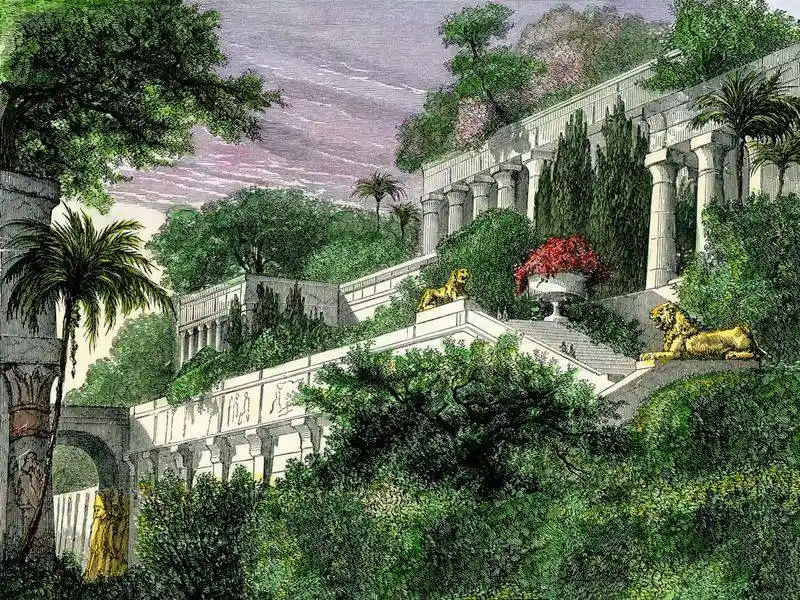
In ancient Babylon, lush terraces were ingeniously engineered to provide beauty and sustenance. The Hanging Gardens, a wonder of their time, employed a complex system of irrigation that allowed plants to thrive in arid conditions. Mimicking this, you can create vertical gardens using stacked pots or wall-mounted planters. Use a drip irrigation system for an efficient water supply. This method not only saves space but adds a striking visual element to your outdoor space. Let creativity guide you as you experiment with different plant varieties and arrangements to make your garden truly unique.
Egyptian Companion Planting
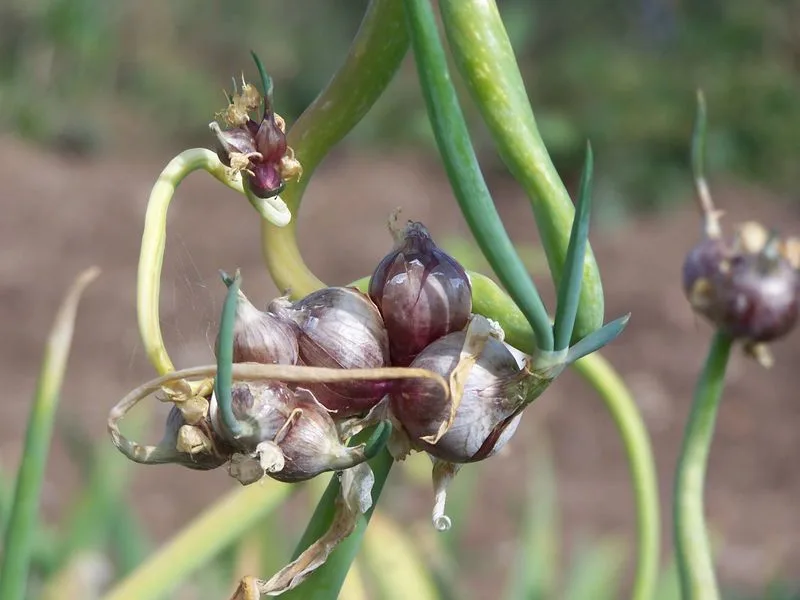
Ancient Egyptians understood the power of pairing plants for mutual benefit. By planting complementary species together, they improved growth and deterred pests naturally. For example, growing beans alongside corn provides nitrogen, enriching the soil. This symbiotic relationship can be replicated today by selecting plants that offer support or protection to one another. Consider marigolds to ward off nematodes or basil to repel flies. Such combinations not only enhance garden health but also increase biodiversity. This age-old wisdom remains relevant, offering practical solutions for modern gardeners looking to cultivate a balanced ecosystem.
Roman Aqueduct Irrigation

The Romans were pioneers in water management, using aqueducts to transport water efficiently across vast distances. This innovation allowed for agriculture to flourish even in less fertile areas. Modern gardeners can adapt this principle by setting up rainwater collection systems or gravity-fed irrigation. Utilize gutters and barrels to capture and direct rainwater to your plants. Not only does this conserve water, but it also reduces reliance on municipal sources. Embrace this sustainable practice to ensure your garden thrives, regardless of local rainfall, while paying homage to Roman ingenuity.
Aztec Chinampas Technique
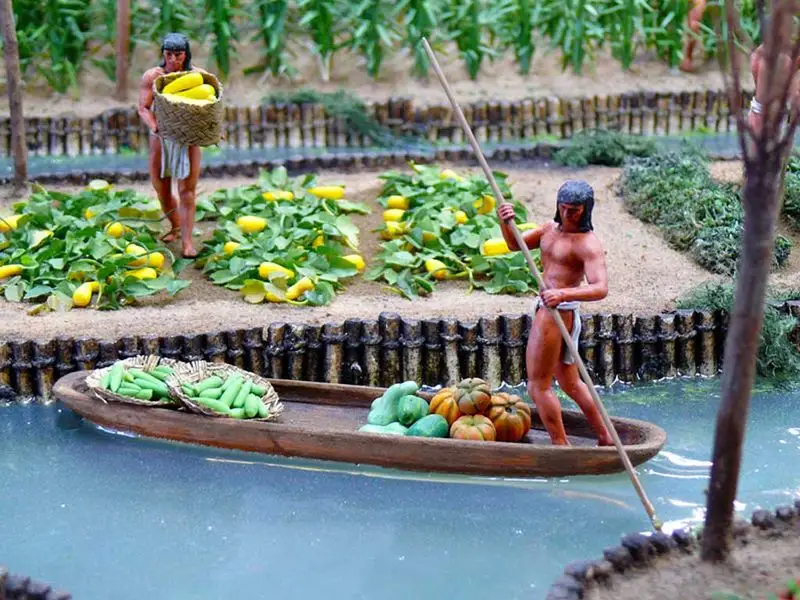
The Aztecs developed chinampas, or floating gardens, to maximize agricultural output on water bodies. These raised beds were created on lake surfaces, providing rich, fertile soil. Today, you can replicate this by constructing raised beds in your garden. Fill them with nutrient-rich compost and soil to boost productivity. Elevated plots improve drainage and soil quality, making them ideal for a variety of crops. This technique not only optimizes space but also enhances crop yield. Draw inspiration from the Aztecs to transform your backyard into a productive haven.
Incan Terrace Farming
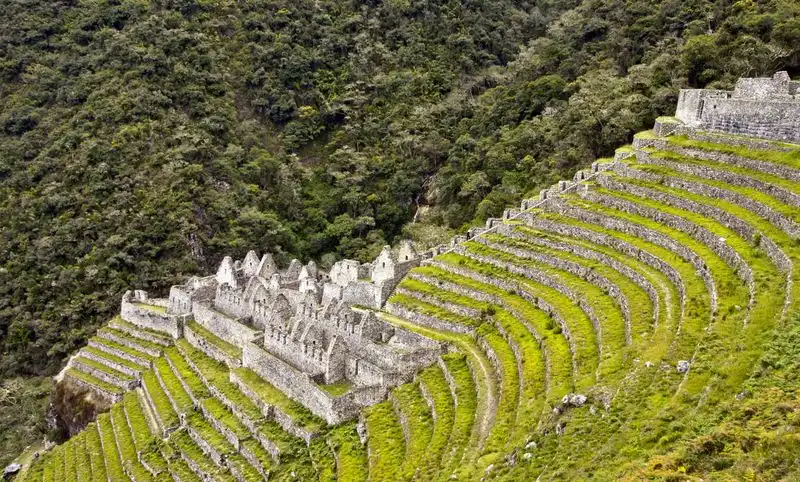
The Incas mastered agriculture in mountainous terrains with the use of terraces, which prevented soil erosion and maintained moisture levels. By carving stair-like plots into hillsides, they maximized arable land. You can adopt terrace gardening on slopes to manage water flow and prevent erosion in your own yard. Use stone or wood to create levels, ensuring proper drainage and sunlight exposure. This approach not only conserves soil but also allows diverse planting. Terrace farming is a testament to the Incas’ agricultural acumen, offering valuable insights for managing challenging landscapes today.
Greek Hydroponics Insight
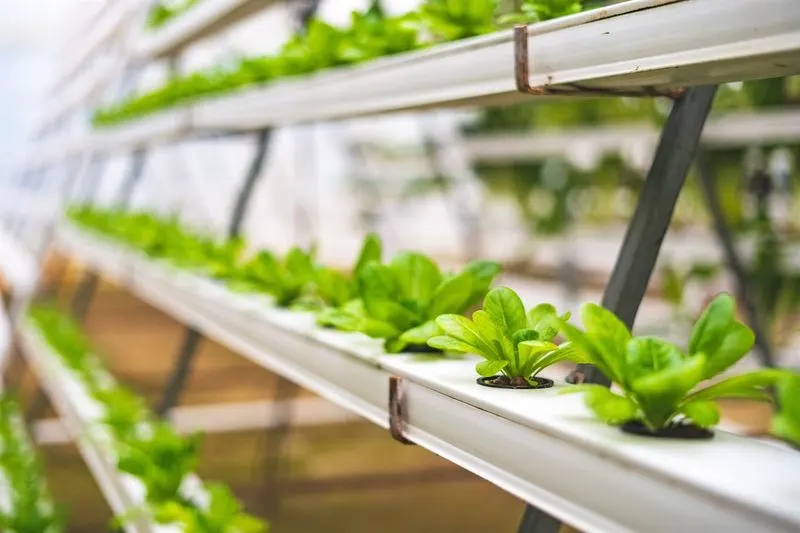
Ancient Greeks had an early grasp of hydroponics, growing plants in water without soil. Their curiosity led to a deeper understanding of plant nutrition. Modern hydroponics systems can be set up in greenhouses or homes, allowing for year-round growth. This soilless method reduces pests and diseases while supporting rapid plant development. By providing precise nutrients directly to roots, hydroponics enhances growth efficiency. Embrace this innovative technique to cultivate fresh produce in limited spaces. The Greeks’ legacy in scientific exploration continues to inspire today’s advancements in agriculture.
Chinese Raised Bed Method

In ancient China, raised beds were utilized to enhance drainage and increase soil warmth, promoting faster plant growth. These elevated plots allowed for better air circulation and root development. Build your own by mounding soil into contained rows or boxes, improving access and reducing compaction. Raised beds are ideal for vegetable gardens, offering a controlled environment that prevents waterlogging. This method is particularly effective in areas with heavy clay soils. Ancient Chinese agricultural practices continue to inform sustainable gardening techniques, ensuring thriving crops and efficient land use.
Persian Qanat System

The qanat system, developed by ancient Persians, transported groundwater over long distances to irrigate arid lands. This subterranean aqueduct tapped into natural water sources, providing a reliable supply. Implementing a modern version involves installing underground pipes to channel water to your garden. Consider systems that capture and redirect groundwater or greywater to sustain plants. This not only conserves water but ensures a consistent supply during dry spells. The qanat reflects ancient wisdom in utilizing natural resources efficiently, inspiring gardeners to explore sustainable solutions for water management.
Mesopotamian Crop Rotation

Mesopotamians practiced crop rotation to maintain soil fertility and productivity. By alternating crops, they prevented nutrient depletion and reduced pest infestations. You can implement this strategy by planning your garden layout to switch plant families yearly. Rotate legumes with leafy greens or root vegetables to balance soil nutrients. This approach not only enhances soil health but also breaks pest cycles. Crop rotation remains a cornerstone of sustainable agriculture, offering practical benefits for home gardeners. Embrace this method to keep your garden fertile and resilient through the seasons.
Mayan Milpa Cycle
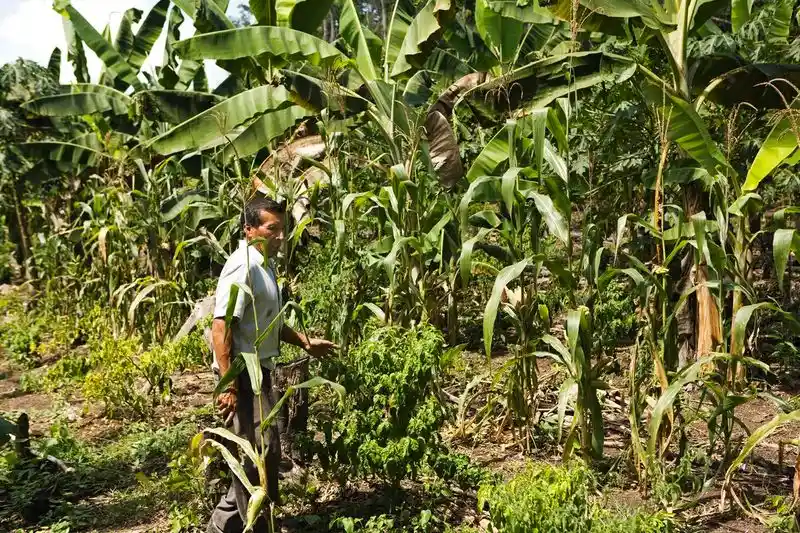
The Mayan milpa cycle integrated maize, beans, and squash in a symbiotic planting system. This trio, known as the ‘Three Sisters,’ maximized productivity by supporting each other’s growth. Recreate this by planting corn to provide a natural trellis for beans, while squash covers soil to prevent weeds. This method enhances soil fertility and reduces the need for artificial inputs. The harmonious balance of the milpa cycle offers a model for sustainable agriculture. Let these ancient principles guide your garden planning, fostering healthy growth and natural abundance.
Indus Valley Composting
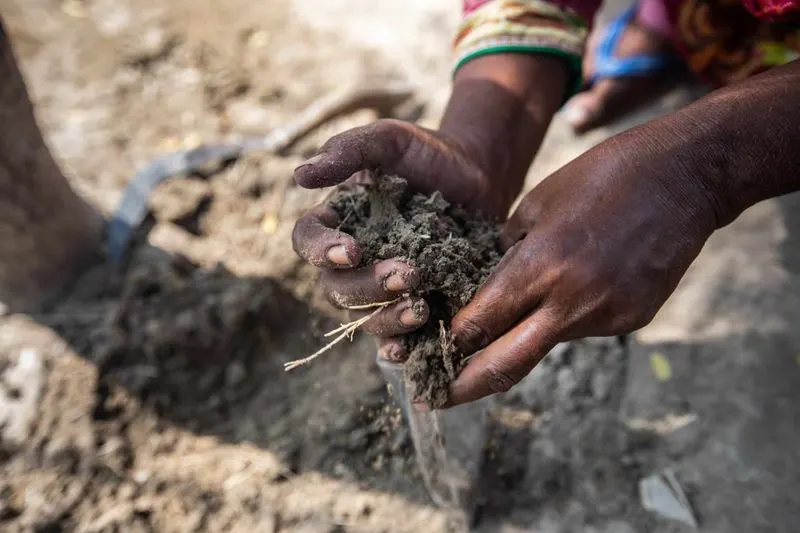
Composting, a practice rooted in the Indus Valley civilization, enriches soil with organic matter. By recycling kitchen waste and plant material, they created nutrient-rich compost to nourish crops. Start your own compost pile with a blend of green and brown materials. Turn it regularly to speed up decomposition. This not only reduces waste but enhances soil structure and fertility. Composting is an eco-friendly way to return nutrients to the earth, reflecting the sustainable practices of ancient times. Let this simple yet effective technique revitalize your garden soil.
Native American Fish Fertilizer
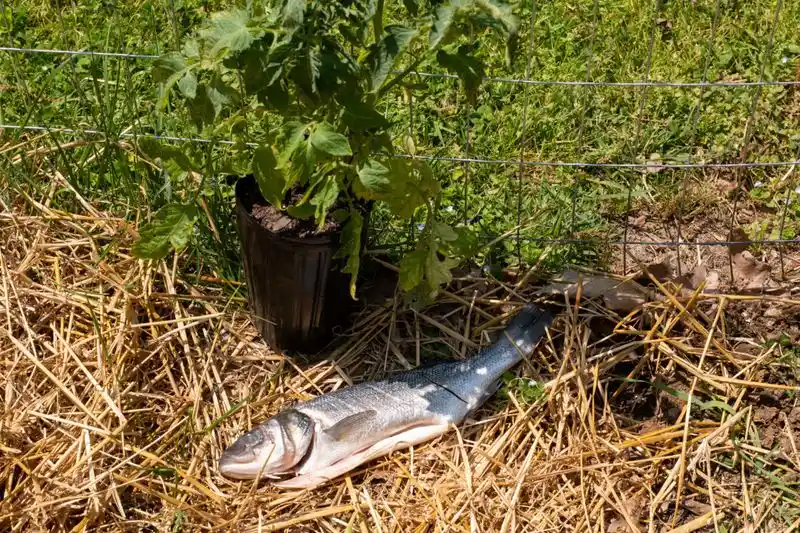
Native Americans pioneered the use of fish as natural fertilizer. Buried alongside crops, fish provided essential nutrients, promoting robust growth. Experiment by incorporating fish emulsion or meal into your garden. This organic approach improves soil fertility and plant resilience. Fish fertilizers are especially beneficial for heavy feeders like tomatoes or corn. Not only does this method honor traditional practices, but it also supports sustainable gardening by reducing reliance on synthetic options. Discover how this age-old technique can enhance your garden’s productivity and vitality with minimal environmental impact.
Celtic Moon Gardening

Celtic cultures aligned planting activities with lunar cycles, believing the moon’s phases influenced plant growth. This practice involved sowing seeds and harvesting crops according to moon signs. To adopt this, track lunar phases and plan gardening tasks accordingly. Some gardeners find planting during a waxing moon boosts growth, while a waning moon aids pruning. While scientific evidence is limited, many enjoy the ritualistic aspect. Consider experimenting with moon gardening to add an element of tradition and timing to your routine. This mystical approach brings a sense of connection to natural rhythms.
Japanese Bonsai Craft

Japanese bonsai, the art of cultivating miniature trees, reflects patience and precision. This practice involves careful pruning and shaping to create living sculptures. Beginners can start with species like ficus or juniper. Use wire to train branches and regularly prune to maintain shape. Bonsai requires attention but rewards with a unique blend of art and horticulture. This tradition highlights the beauty of nature in miniature form. Incorporating bonsai into your gardening repertoire offers a meditative escape, fostering creativity and discipline. Let the tranquility of bonsai enrich your gardening experience.
Aboriginal Fire-Stick Farming

Aboriginal Australians employed fire-stick farming to manage landscapes and promote new growth. Controlled burns cleared old vegetation, making way for fresh shoots. While not directly applicable to small gardens, the principle can inspire controlled clearing of dead plants and debris. This practice rejuvenates soil and encourages biodiversity. Consider seasonal clean-ups to mimic this effect, enhancing garden vitality. Fire-stick farming underscores the importance of understanding ecosystem dynamics. By integrating this awareness, gardeners can maintain healthy plots that thrive over time. Explore how these ancient insights can inform your gardening strategy.
Viking Seaweed Mulch
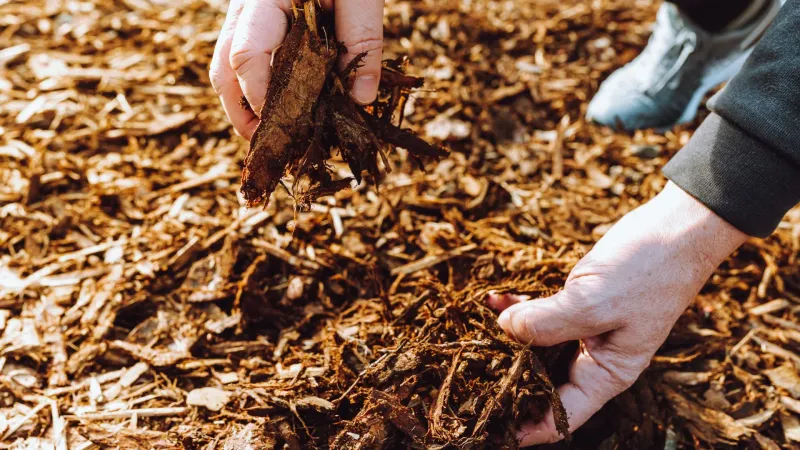
Vikings utilized seaweed as mulch to enrich soil and retain moisture. Collected from coastlines, it provided essential nutrients and improved soil structure. Implement this by using seaweed or kelp meal in your garden as a natural mulch. This not only enhances soil fertility but also suppresses weeds and conserves moisture. Ideal for coastal gardeners, seaweed mulch reflects the resourceful practices of the Vikings. Incorporate this ancient technique to boost garden health and productivity with organic materials. Let the lessons of the past guide your efforts in creating a thriving, resilient garden.

